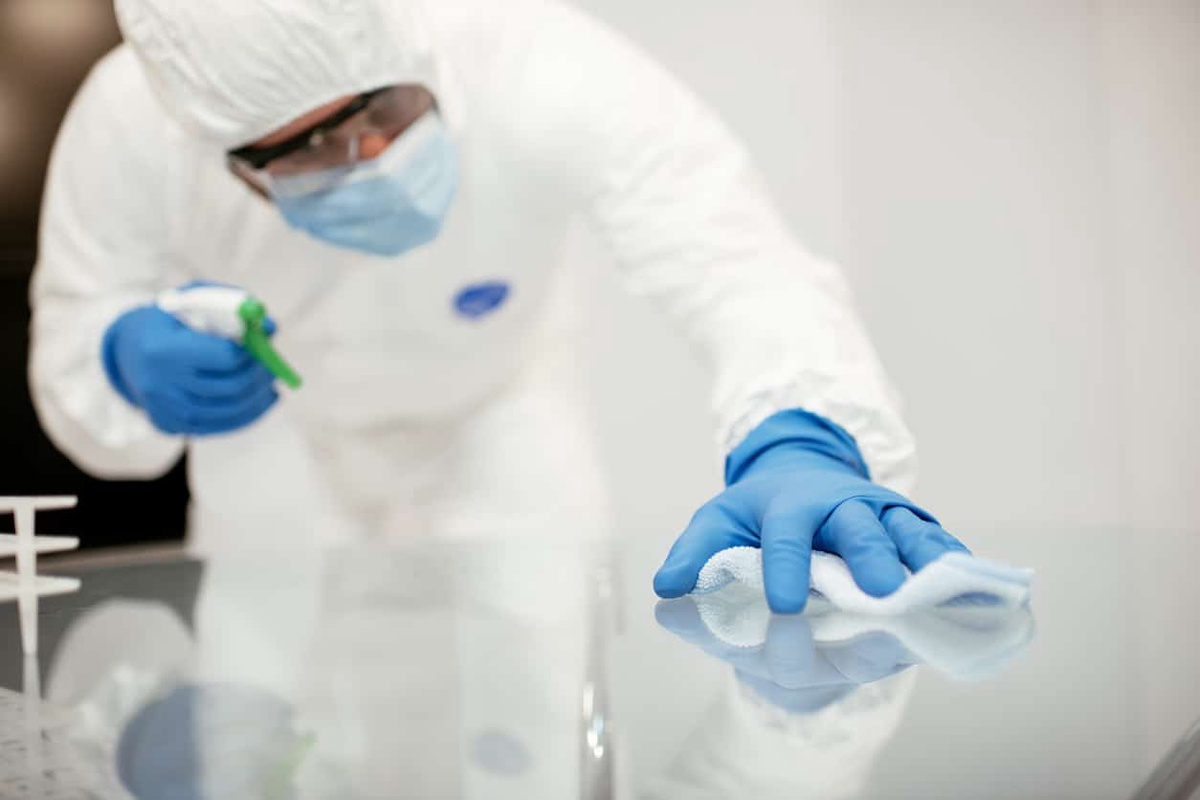Introduction
Cleanrooms play a crucial role in various industries, from pharmaceuticals and electronics manufacturing to aerospace and healthcare. They provide controlled environments that minimize the presence of particulate matter, microorganisms, and other contaminants to ensure product quality, safety, and compliance with industry standards. To achieve these objectives, cleanrooms are classified based on their level of cleanliness and adherence to specific standards. In this blog, we'll explore cleanroom classifications, why they matter, and how they impact different industries.
Understanding Cleanroom Classifications
Cleanrooms are classified using two primary standards: ISO 14644-1 and US Federal Standard 209E. However, ISO 14644-1 has become the global standard, while US Federal Standard 209E has been phased out. Cleanroom classifications are based on the number of airborne particles of a specific size per cubic meter (or cubic foot) of air. The classifications range from ISO Class 1 (most stringent) to ISO Class 9 (least stringent).
ISO Cleanroom Classes
1.ISO Class 1: This is the cleanest classification, suitable for highly sensitive industries like semiconductor manufacturing and pharmaceutical research. It allows a maximum of 10 particles per cubic meter larger than 0.1 microns.
2.ISO Class 2: This class is also extremely clean and is found in industries such as nanotechnology, aerospace, and optics. It permits up to 100 particles per cubic meter larger than 0.1 microns.
3.ISO Class 3: Cleanrooms in this category are common in pharmaceutical manufacturing, biotechnology, and medical device production. They allow a maximum of 1,000 particles per cubic meter larger than 0.1 microns.
4.ISO Class 4: Industries such as electronics manufacturing and food processing utilize cleanrooms of this class. It allows a maximum of 10,000 particles per cubic meter larger than 0.1 microns.
5.ISO Class 5: Found in laboratories, hospitals, and automotive manufacturing, this class permits up to 100,000 particles per cubic meter larger than 0.1 microns.
6.ISO Class 6: Industries like optics and automotive production use cleanrooms of this classification. It allows up to 1,000,000 particles per cubic meter larger than 0.1 microns.
7.ISO Class 7: Industries including biopharmaceuticals and medical device manufacturing utilize cleanrooms in this class, allowing up to 10,000,000 particles per cubic meter larger than 0.1 microns.
8.ISO Class 8: This class is suitable for industries like packaging and consumer electronics, permitting up to 100,000,000 particles per cubic meter larger than 0.1 microns.
Importance of Cleanroom Classifications
Cleanroom classifications are vital for several reasons:
1.Product Quality: Cleanrooms prevent contamination, ensuring the quality and integrity of products. For example, in pharmaceutical manufacturing, maintaining a specific cleanroom class is essential to meet regulatory requirements.
2.Safety: In industries like aerospace and electronics, a cleanroom's cleanliness level is crucial to prevent failures or malfunctions caused by particulate contamination.
3.Compliance: Cleanroom classifications are often mandated by regulatory bodies such as the FDA for pharmaceuticals or ISO for various industries. Adhering to these standards is necessary for compliance.
4.Research and Development: Cleanrooms with lower particle counts (e.g., ISO Class 1 and 2) are essential for advanced research in fields like nanotechnology and semiconductor manufacturing.
Conclusion
Cleanroom in south sudan classifications are a fundamental aspect of industries that require controlled environments to maintain product quality, safety, and compliance. Understanding these classifications allows companies to choose the appropriate cleanroom class for their specific needs, ensuring the success of their operations and the reliability of their products. Whether you work in pharmaceuticals, electronics, or any other cleanroom-reliant industry, cleanroom classifications are a critical consideration in your daily operations.


No comments yet